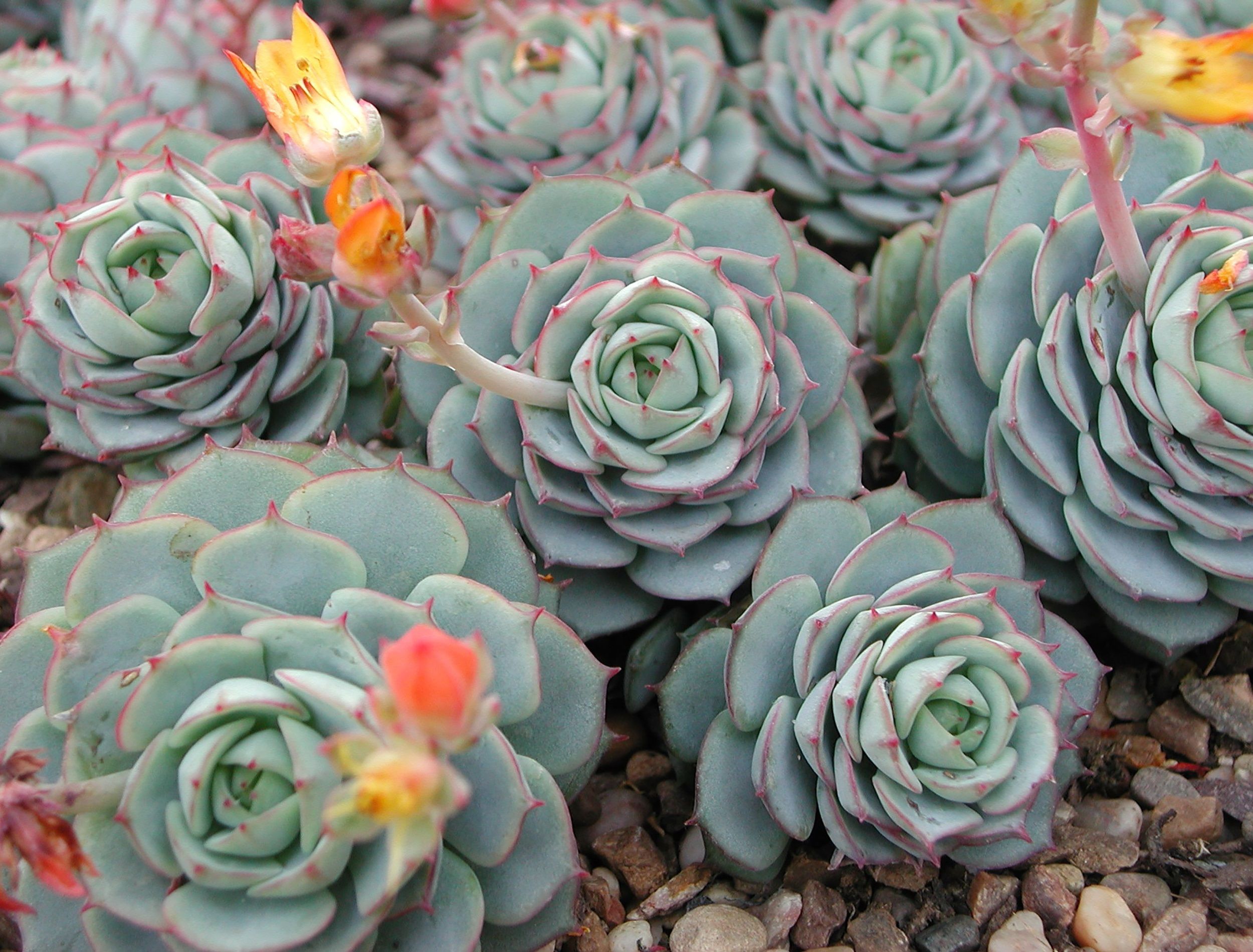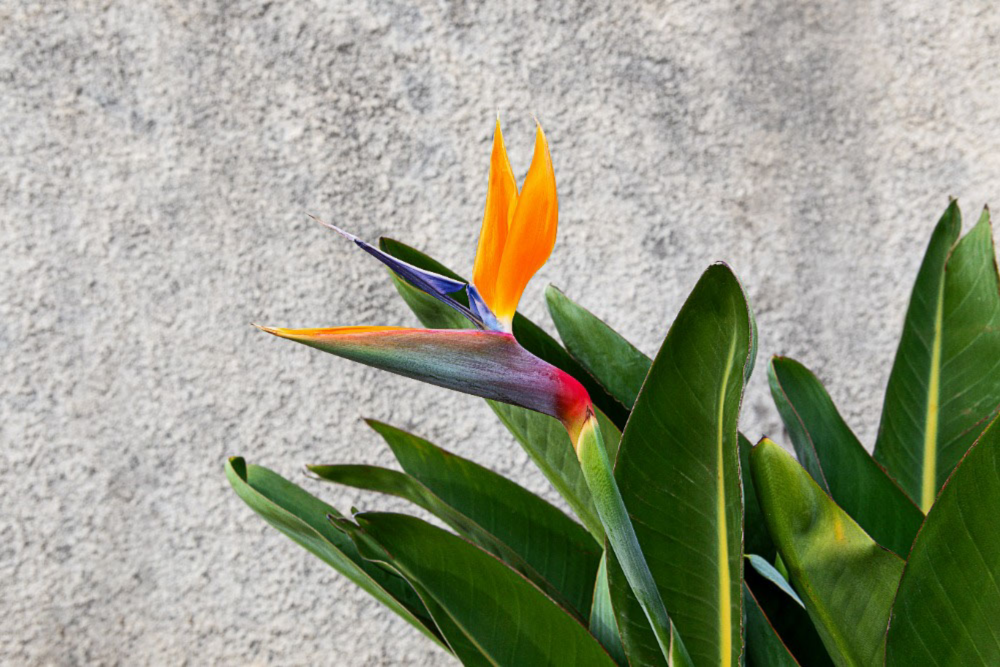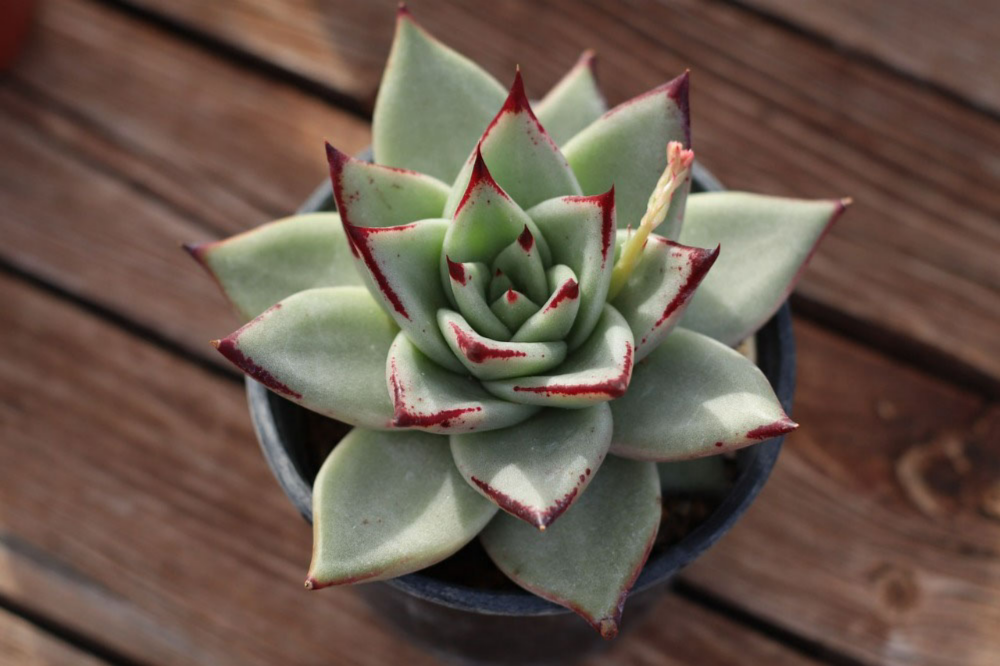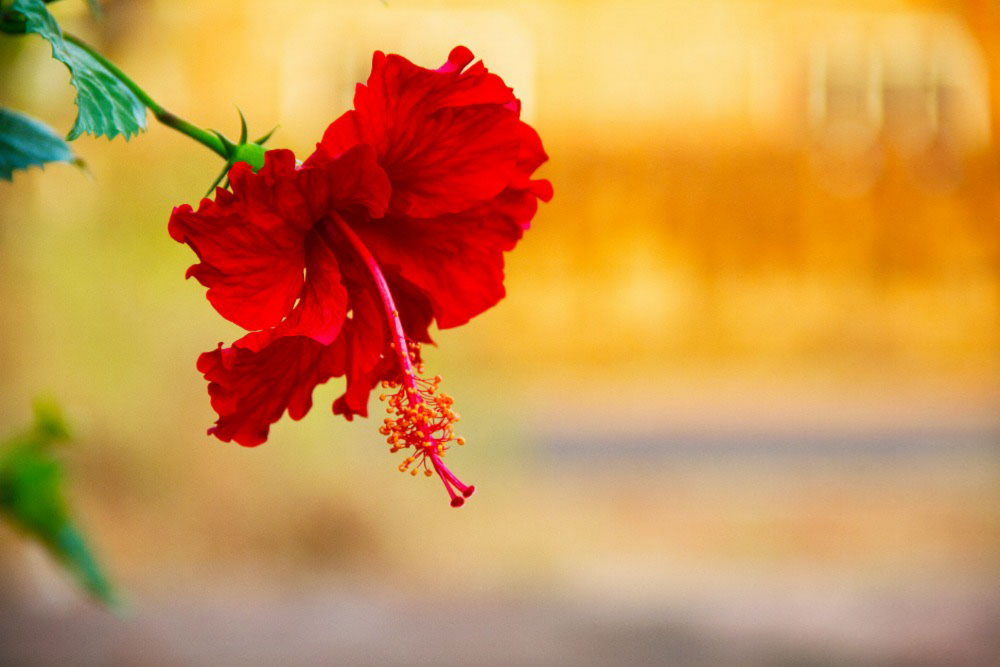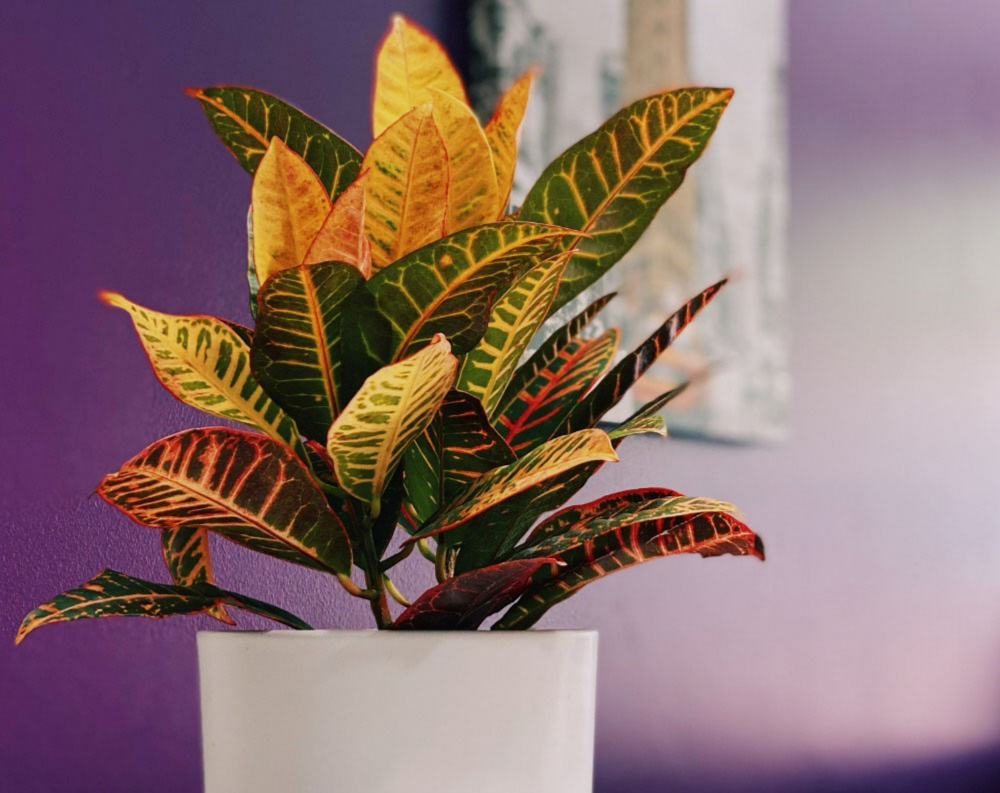If you live in a bright place and wonder what houseplants to furnish it with, look no further than the following choices. They are low maintenance and need a lot of sunlight to grow. Below are some recommendations for houseplants that love direct sunlight as well as some care tips and water requirements.
Bird of Paradise
Image credits: anna_m.w. via Pexels
Native to South Africa, this outstanding plant boasts a radiant colorful bloom ranging from orange, to blue, red, and white. This special flower looks like a bird in flight, hence its name. The bird of paradise has soft, mighty, glaucous leaves that frame the flower. It's a large plant reaching 5 feet in height and width, so make sure you have the space to accommodate this beauty.
Light
The bird of paradise is truly a sun-lover and so you must be equipped to offer this. They need at least 5 hours of direct morning sunlight or more per day for the flower to bloom. During the summer months when the sun is at its highest and hottest, place your plant on a west-facing windowsill where it can soak up the softer afternoon rays.
During the winter, move it to an east-facing spot as the brightness and intensity of the sun wains. This magnificent plant blooms in late winter and spring, so provide extra light during this time to get it prepared. Artificial light during the winter months will come in handy as you can control the amount of light exposure and for how long. Setting up a digital timer will help you calculate sufficient amounts of light (12 hours per day).
Water
Water your bird of paradise once a week during the summer months when the volume of soil is at 50 percent dry. During the winter season when it gets cold, water less frequently.
Humidity and Temperature
As a tropical species, the bird of paradise loves humidity -- 60 percent Fahrenheit, so add a pebble tray to your base or use a humidifier. An ideal average temperature is between 65 to 70 degrees Fahrenheit and 50 to 55 degrees at night.
Echeveria
Image credits: TujardinDesdeCerco via Pixabay
This echeveria (Echeveria derenbergii) is sometimes called the stone crop. It's a beautiful succulent boasting leaf colors of pale green, grey, and red-tinged leaves. The shape of the plant is like a rosette with a splash of pink in the center. They are perfect for small spaces only reaching 4 inches in height.
Light
These succulents are true sunworshippers and need at least six hours of direct sunlight per day, so try placing your plant on a south or east -facing window so they can catch both the morning and afternoon rays. Also, adding an artificial white fluorescent light 6 to 12 inches above the succulent will help. As artificial light is weaker than natural sunlight so, you'll need to shine the light 14 to 16 hours a day. Even during the winter, echeveria needs bright light, and you'll know when your plant is not receiving enough as it will become elongated and lose its compact shape.
Water
As echeveria retains water in its fleshy leaves and has shallow roots it is slightly drought tolerant. The plant needs regular watering from spring to autumn, but only when the soil begins to run dry. During winter (October through February) when your echeveria is not in active growth, water your plant once a month to prevent crumpling of the leaves.
Temperature
Echeveria does best with a daytime temperature of 60 to 75 degrees Fahrenheit and down to 40 to 60 degrees Fahrenheit at night.
Hibiscus
Image credits: Swaroop Edwankar via Pexels
The tropical Hibiscus rosa-sinensis flower is native to Southeast Asia and has the most remarkable flower shape with crinkly petals and a pistil growing out of the center. The flowers come in a range of colors including red, pink, yellow, orange, and sometimes purple.
Light
To flourish, hibiscus needs a minimum of four to five hours of full sunlight, preferably in a south or west -facing exposure. If there is enough bright light, the flower will thrive, but it will only bloom in its glory for one day, close, and then drop off the plant. Not to worry, there are nodes everywhere on this plant, so new blooms always take place. During winter months, place your hibiscus close to a south or west-facing window for proper sun exposure.
Water
Your soil should always be moist, so water sparingly every week. If the top inch of soil is dry, it's time to water. Replenishing the water will rid of soluble salts and provide the roots with a drink. Make sure you have a container with drainage holes for the excess water to drain off.
Your plant is in serious need of water when it starts wilting.
Temperature
An ideal daytime temperature for the buds to form is between 65 and 75 degrees Fahrenheit, but no lower than 55 degrees Fahrenheit. Avoid placing your hibiscus in drafty places as this can adversely affect your indoor temperature and harm your plant.
Croton
Image credits: Madalyn Cox via Unsplash
Native to Australia, Malaysia, and Indonesia, croton is a showy plant that is colorful and stylish. It has vibrant orange, red, and yellow foliage that share the green spaces of each leaf. The shape of the leaves are interesting as well -- swirly, twisty, straight, and flat. Finally, the patterns on the leaves vary from splotches to straight lines. Indoors, they can reach a height of 2 to 3 feet.
Light
Crotons like bright light, at least six to eight hours a day, so an east or south-facing window is ideal. Although, be mindful and cautious as too much exposure can burn the foliage and too little will result in mostly green colors. You don't want to miss out on those warm colors!
Water
Croton is not high needs when it comes to water. Replenish only when the top 1/2 to 1 inch of soil is dry, so your watering regime could be every few days to once a week based on how quickly your soil dries. Although, remember to water more often during the summer months.
Temperature
Crotons flourish in temperatures of between 60 to 80 degrees Fahrenheit but don't let the temperature dip below 50 degrees or the leaves will drop off. Additionally, keep your croton away from drafts and sudden temperature changes.
Here Comes the Sun!
Let the sun shine! Here are some great examples of vibrant tropical household plants that thrive in direct sunlight. They are best friends with the sun and often complement the right windowsill in your home by adding design, decoration, and pops of color.
Will you try any of these sun-loving plants for your home? If you have any tips or tricks, please leave them in the comment field.

